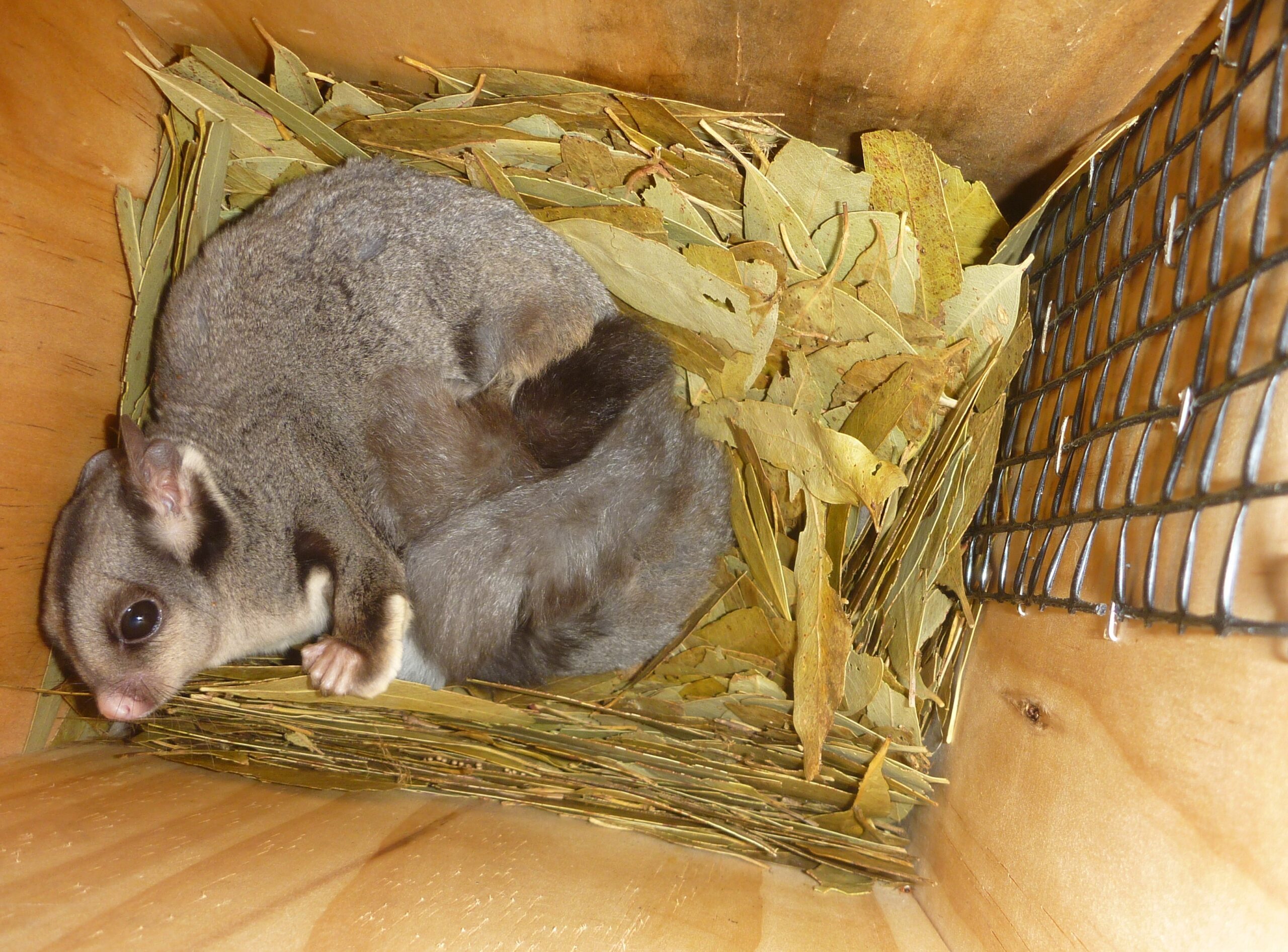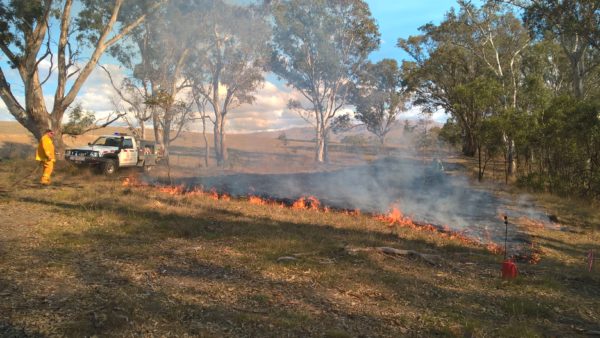Pedalling the Great Victorian Rail Trail with Landcare
Case Study
2019 VicTrack Landcare Grants
| Grant Recipient: | Upper Goulburn Landcare Network |
| State/Town: | Victoria |
Background
Since 2017, VicTrack Landcare Grants have provided funding to the Upper Goulburn Landcare Network for its Pedalling the Great Victorian Rail Trail with Landcare project.
The Great Victorian Rail Trail in Central Victoria provides an important ecological function, allowing animal species to move between patches of remnant bushland, waterways and state forest. The trail requires ongoing maintenance and supplementary planting to help secure and maintain its biodiversity values.
In 2019-20, using its $20,000 VicTrack Landcare Grant, the Upper Goulburn Landcare Network’s project goals were to reduce overall weed cover and improve habitat condition across the length of the rail trail, by targeting high-threat noxious and environmental weeds.
In 2021-22 VicTrack funding contributed to managing sections of high priority grassy woodlands. Weed control was undertaken, targeting high threat weeds and minimising the use of herbicide. Nesting boxes were installed, providing nesting sites for the threatened Brush-tailed Phascogale and Squirrel Glider, supported by local school students, scouts and Landcare group members. The project provides meaningful community engagement opportunities for Landcarers and the broader community to participate in, through community wildflower walks, bird surveys, nature walks and community planting events.
Environmental Outcomes
Weed Removal
With the assistance of community groups such as Limestone CFA, Conservation Volunteers Australia, Landmate Environmental Works Team, Yea High School students and contractors from Habitat Land Management and Landscape Change, the Upper Goulburn Landcare Network has controlled weeds along approximately 32km of the rail trail, targeting Blackberry (Rubus fruticosus), English Broom (Cytisus scoparius), Cape Broom (Genista monspessullana) and Gorse (Ulex europaeus).
Ecological burns to help control weeds
Limestone CFA and Merton CFA Brigade assisted in the completion of three ecological burns that helped to control weeds, as well as promote new growth and increase native species diversity in high-conservation value native grassland areas of the rail trail near Limestone and Cheviot. This ecological burning is especially important for Kangaroo Grass (Themeda triandra) tussocks, as they can die-off when the plants are smothered by increasing levels of dead plant material.
The ecological burn also helped regenerate the native herbs, groundcovers and wildflowers present in these special areas. Through undertaking these ecological burns, the Upper Goulburn Landcare Network has developed a new partnership with the Merton CFA Brigade.
Nest boxes
With the assistance of the Yea High School woodwork teacher and students, 40 nest boxes were constructed and installed along the rail trail in areas lacking in natural hollows. The installation of nest boxes had an instant benefit to local wildlife with Sugar Gliders already observed using them, and the high school students will return regularly for ongoing monitoring and observation.
Community and Social Outcomes
Working bees at Homewood with members of the Yellow Creek/Dairy Creek Landcare Group, school students and other community members helped to control woody weeds and maintain the revegetation areas at the site. The working bees helped educate attendees on the techniques and equipment used to control woody weeds.
A nature walk and bird count allowed community members to explore the local Grassy Woodland areas. A field day at Merton with local Landcare groups highlighted the significance of the remnant vegetation in a 3km stretch of high conservation significant Grassy Woodland, demonstrating the techniques Landcare use to maintain and improve the health of this special site.
An Upper Goulburn Landcare Network spokesperson said, “The community activities we run are very rewarding and educational and a great way for the local community and others to fully appreciate the significance of this area as native habitat and an important wildlife corridor.”
Conclusion
Working together with a cross-section of the local community, the Upper Goulburn Landcare Network has successfully focused on controlling woody environmental, State and nationally listed noxious and environmental weeds in areas of biodiversity significance along the rail trail, as well as planting locally indigenous plants. Weed removal and revegetation to in-fill gaps and understory diversity in the natural vegetation has ensured the improved condition and connectivity of the native vegetation, and suppressed weeds from returning.
The Landcare Network is receiving vital support to continue the Pedalling the Great Victorian Rail Trail Landcare project with the VicTrack Landcare Grants helping to maintain strong, community-led involvement in the Rail Trail, and ensuring that its important biodiversity values are protected and enhanced into the future.






